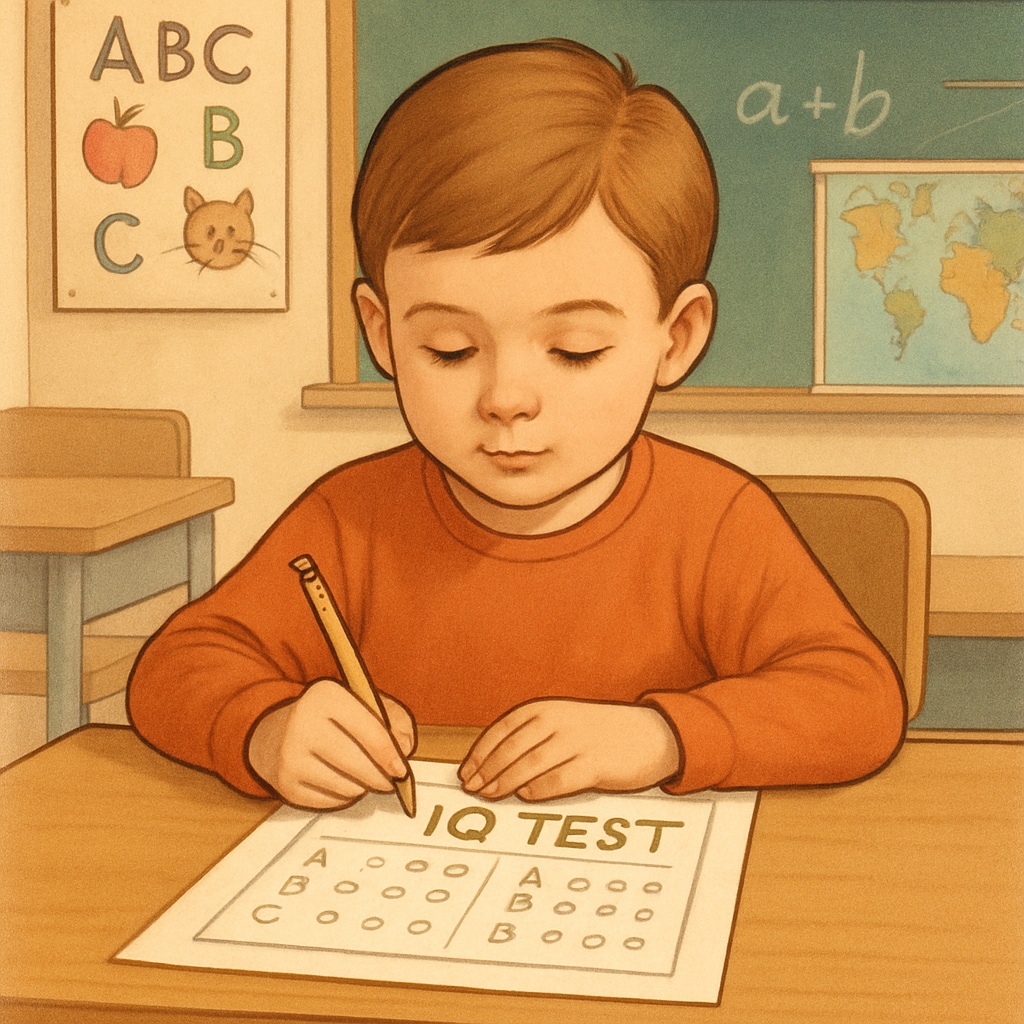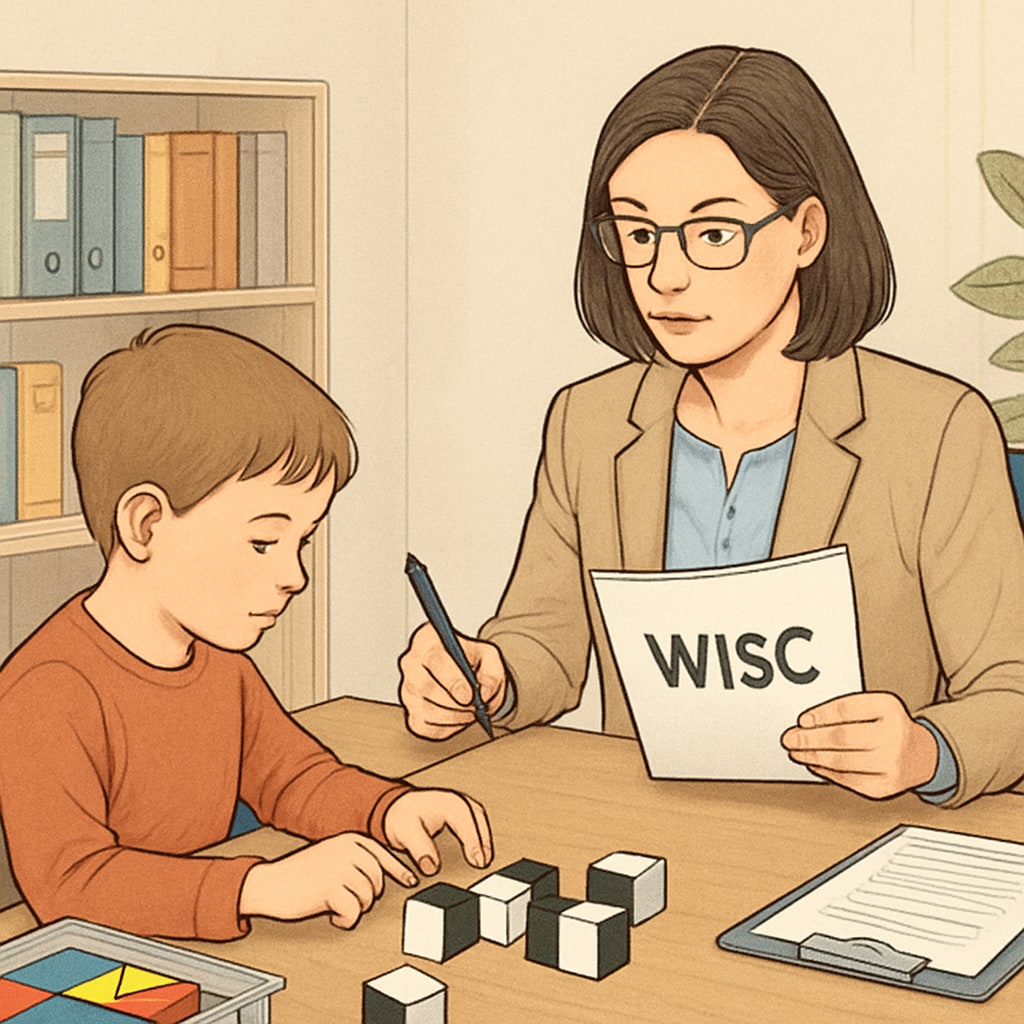For parents and educators alike, understanding a child’s unique abilities is essential for unlocking their full potential. Tools like CogAT, WISC, and Stanford-Binet are renowned for their ability to evaluate gifted children, providing insights into their intellectual strengths and developmental needs. But how do you choose the best test for your child’s specific talents? This article explores the characteristics, benefits, and ideal use cases for these standardized assessments to help you make an informed decision.
Understanding Giftedness: What Makes a Child Gifted?
Gifted children demonstrate exceptional aptitude in one or more areas, such as intellectual reasoning, creativity, or problem-solving skills. Identifying giftedness early can pave the way for tailored educational programs that enhance their growth. Standardized tests like CogAT (Cognitive Abilities Test), WISC (Wechsler Intelligence Scale for Children), and Stanford-Binet Intelligence Scales play a pivotal role in this process.

The CogAT: Measuring Cognitive Abilities
The CogAT focuses on assessing three key cognitive domains: verbal, quantitative, and non-verbal reasoning. This test is particularly useful for identifying patterns in a child’s cognitive strengths and weaknesses. It is often employed by schools to screen students for gifted programs, as it measures problem-solving skills rather than rote knowledge.
- Best for: Group testing in school settings.
- Highlights: Designed to evaluate reasoning abilities rather than academic achievement.
- Drawbacks: May not fully capture creativity or out-of-the-box thinking.
For more details about standardized reasoning tests, visit CogAT on Wikipedia.
WISC: A Comprehensive Approach
The WISC is widely regarded as one of the most comprehensive tools for assessing a child’s intellectual abilities. It evaluates multiple dimensions, including verbal comprehension, working memory, and processing speed. Featuring subtests tailored to children aged 6 to 16, the WISC provides a nuanced understanding of cognitive strengths and areas for improvement.
- Best for: Individualized assessments.
- Highlights: Includes a variety of subtests to explore different cognitive domains.
- Drawbacks: Requires trained professionals to administer and interpret results.
Explore detailed insights about the WISC at Britannica.

Stanford-Binet: The Classic Intelligence Test
The Stanford-Binet Intelligence Scales have been a cornerstone of IQ testing for over a century. This assessment measures five factors: fluid reasoning, knowledge, quantitative reasoning, visual-spatial processing, and working memory. With its roots in academic research, Stanford-Binet is ideal for identifying intellectual giftedness and has been updated to address modern testing needs.
- Best for: Academic and individual testing scenarios.
- Highlights: Long-standing reputation and extensive research backing.
- Drawbacks: May lack focus on creative and emotional intelligence.
Choosing the Right Test for Your Child
Ultimately, the choice between CogAT, WISC, and Stanford-Binet depends on your child’s age, educational environment, and specific needs. For school-wide gifted program eligibility, the CogAT is often the first choice. If you’re seeking a more detailed individual assessment, the WISC or Stanford-Binet may be preferable. Consider consulting with an educational psychologist or school counselor to determine the best path forward.
By using these tools effectively, parents and educators can identify and nurture giftedness, ensuring that children receive the support they need to excel. Remember, giftedness is multifaceted, and understanding the whole child—including their emotional and creative dimensions—is equally important.
Readability guidance: Use concise paragraphs and lists to summarize key points. Distribute transitions evenly throughout the text (however, therefore, for example). Ensure an engaging tone while maintaining professionalism.


